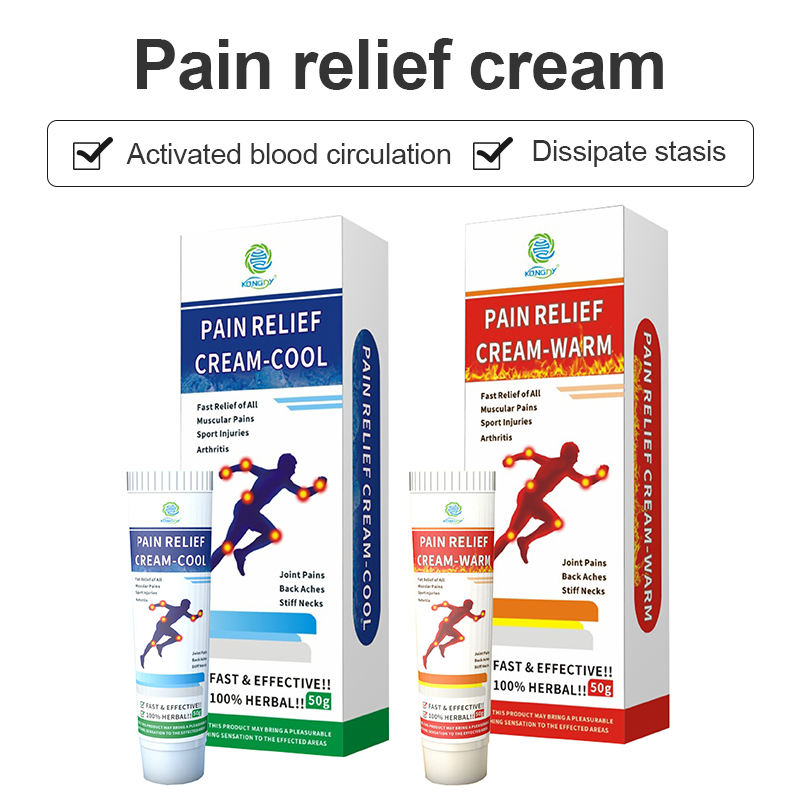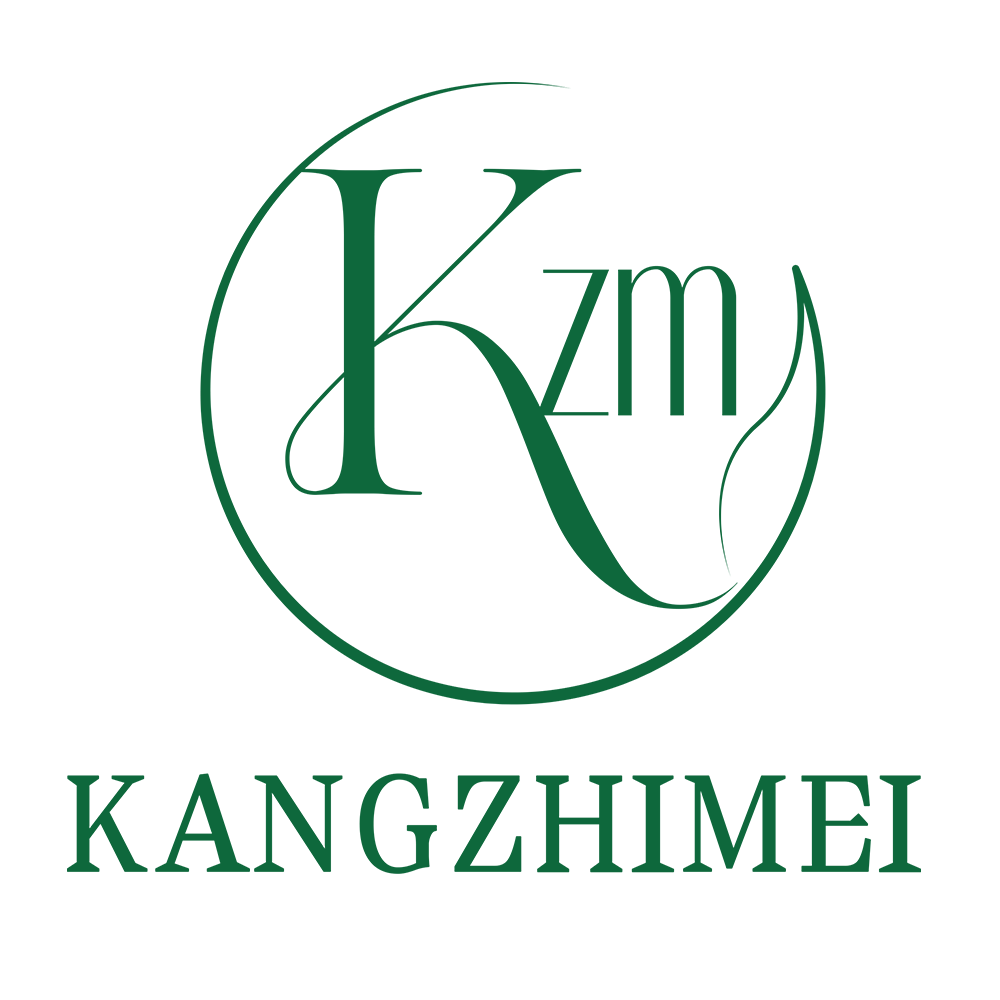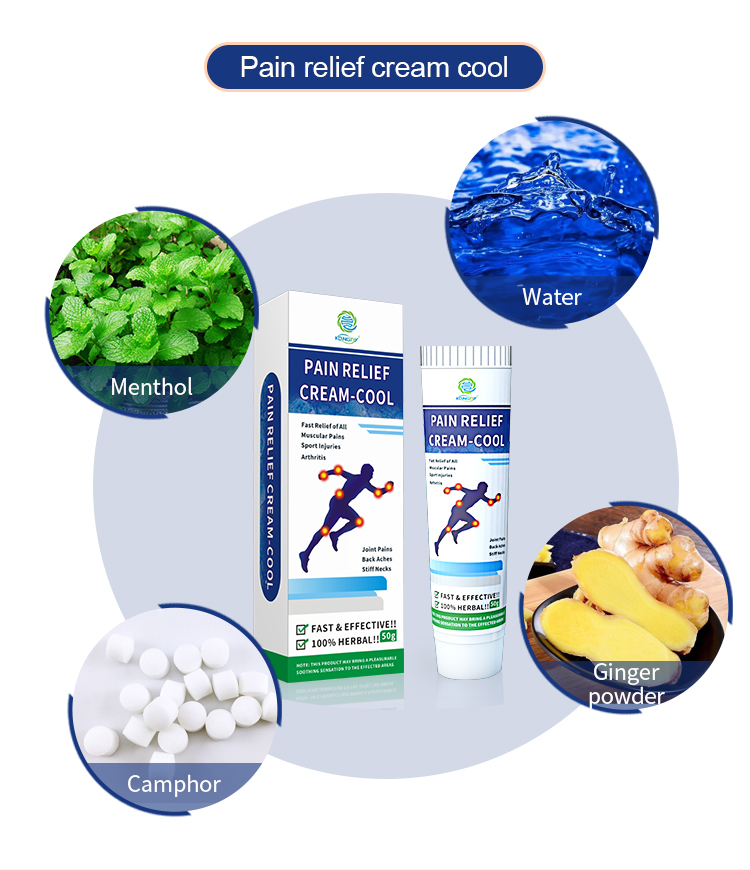The pain cream industry has experienced significant growth in recent years, offering ample opportunities for businesses to enter the market through OEM (Original Equipment Manufacturing) partnerships. As consumers increasingly seek alternative pain management solutions, understanding the intricacies of sourcing, production, and marketing pain relief creams has become crucial for success in this competitive landscape.
For businesses considering entering the pain cream market, partnering with a reputable source factory is often the first step. These factories specialize in formulating and manufacturing topical analgesics, allowing businesses to focus on branding, marketing, and distribution. When selecting a source factory, it’s essential to consider factors such as production capacity, quality control measures, and compliance with international standards.
One of the key advantages of the OEM model in the pain cream industry is the flexibility it offers. Businesses can work closely with their manufacturing partners to develop unique formulations that cater to specific consumer needs or market niches. This could include creating creams with natural ingredients, developing products for specific types of pain (such as arthritis or sports injuries), or formulating fast-acting solutions for acute pain relief.

However, navigating the regulatory landscape is a critical challenge in the pain cream industry. Depending on the ingredients used and the claims made, pain relief creams may be classified as over-the-counter drugs or cosmetics, each with its own set of regulations. Businesses must ensure that their OEM partners are well-versed in these regulations and can provide documentation to support compliance.
Marketing plays a crucial role in the success of pain cream products. With numerous options available to consumers, effective branding and messaging can set a product apart. Businesses should focus on communicating the unique benefits of their pain creams, such as fast-acting formulas, long-lasting effects, or the use of natural ingredients. Additionally, educating consumers about proper usage and the science behind the product can build trust and loyalty.
As the market evolves, staying ahead of trends is vital. Some current trends in the pain cream industry include:
Incorporation of CBD and other cannabis-derived ingredients
Development of “smart” delivery systems for enhanced absorption
Use of traditional herbal remedies in modern formulations
Creation of multi-functional products that offer pain relief alongside other benefits
For OEM businesses, maintaining a close relationship with their source factory is crucial for innovation and quality control. Regular communication about market trends, consumer feedback, and product performance can lead to continuous improvement and the development of new, cutting-edge products.
In conclusion, the pain cream industry offers significant potential for businesses willing to navigate its complexities. By carefully selecting OEM partners, staying informed about regulatory requirements, and focusing on innovative marketing strategies, companies can successfully establish themselves in this growing market. As the demand for effective, convenient pain relief solutions continues to rise, businesses that can offer high-quality, differentiated products are well-positioned for long-term success.






